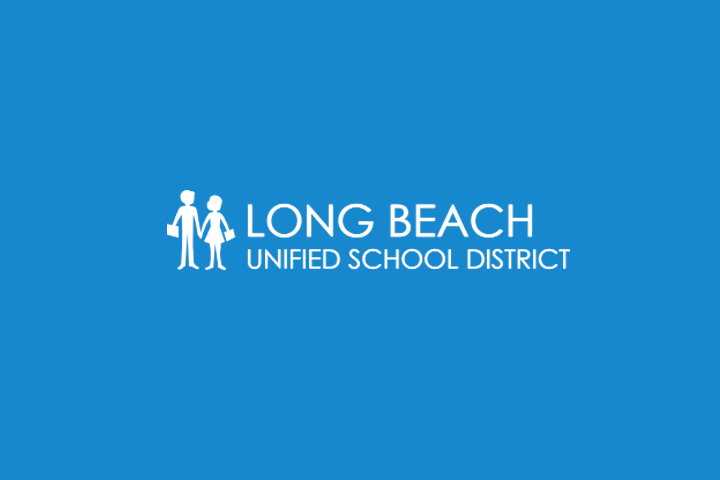
Seventh and Eighth grade ethnic studies course features ‘Genderbread Person’ activity and unit on ‘Intersectionality’
Incidents
Long Beach Unified School District’s middle school ethnic studies course description states that students will “understand the politics of privilege and the historical reasons for structural racism, classism and discrimination.” It further states that ethnic studies “seeks to empower all students to engage socially and politically” and to “think critically about the world around them.” The yearlong course “highlights the experiences of people that have been traditionally marginalized in order for students to critique dominant-narratives, construct counter-narratives and develop a more complex understanding of the human experience.”
Listed in the course’s “expected outcomes” includes students applying “theories on the social construction of race and intersectionality,” students can “Articulate terms important to the study of identities such as race, ethnicity, gender, class and sexuality,” and “Develop a greater understanding of their own race, class, gender and sexual identities.”
Yearlong “essential questions” for the course include categories such as “Anit-essentialist Representations,” “Engage in Community Grounded Praxis” and “Develop Critical Hope.” As well as questions such as “How do we go about identifying and challenging the dominant narrative about what is ‘normal’ or ‘neutral’?” and “What opportunities do students have to take action?”
Unit one of the course introduces students to the ethnic studies concepts. Learning objectives include students “understand there is a dominant narrative and a counter (resistant) narrative and from looking at both viewpoints a more complex and inclusive narrative is derived.” Students will study forms of “resistance” and how those forms “demonstrate resilience, critical hope, joy, agency, and social justice.”
Resources for the units include the “Four I’s of Oppression” handout and a 2016 YouTube video titled “Legos and the 4 I’s of Oppression,” and many Learning for Justice learning plans.
Another activity in the middle school course includes students being able to “Differentiate Sexual/Gender Identities including Heterosexual, Homosexual, Third Gender and Transgender” by utilizing the “Genderbread Person.”
The eighth unit of the course, titled “Mapping the Margins: Intersectionality,” has students “focus on the intersectionality among class, ethnicity, socioeconomic status, sexuality and gender in their struggle for equal rights.” The students will be required to “analyze the overlap of various social identities contributes to the specific type of systemic oppression and discrimination experienced by an individual.”
“Required assignments” include evaluating “how intersecting experiences of marginalized people have been models for social justice and social change through resistance, agency, empowerment, and joy,” how they have “shaped current events of the 21st century” and “how they are an inspiration of resilience and critical hope for future generations.”
Suggested activities and materials for the unit include videos featuring controversial Professor Kimberlé Crenshaw such as “Kimberlé Crenshaw: What Is Intersectionality?” and the 2016 TED Talk “The Urgency of Intersectionality.”
Stay Informed
